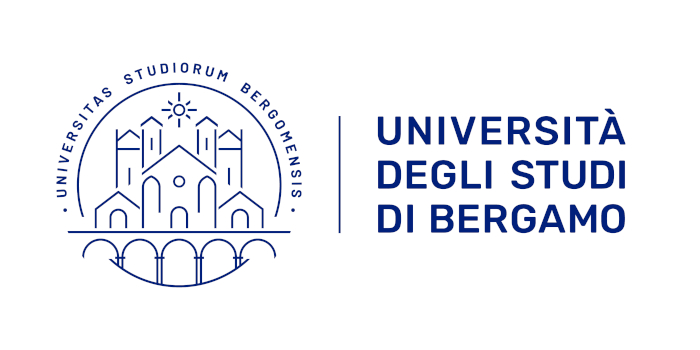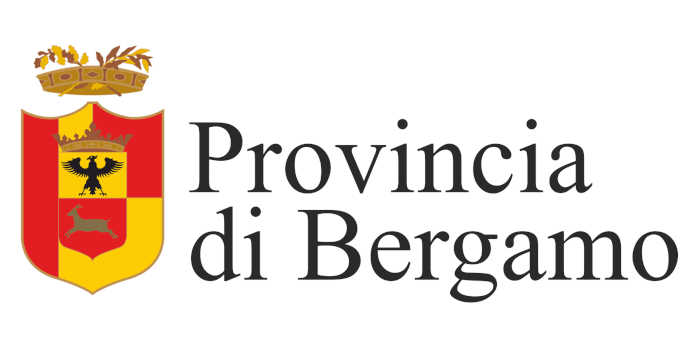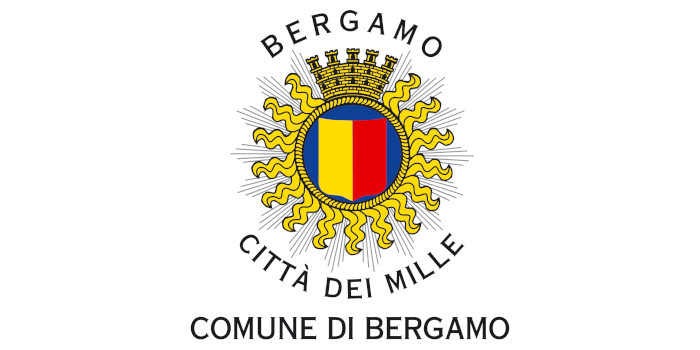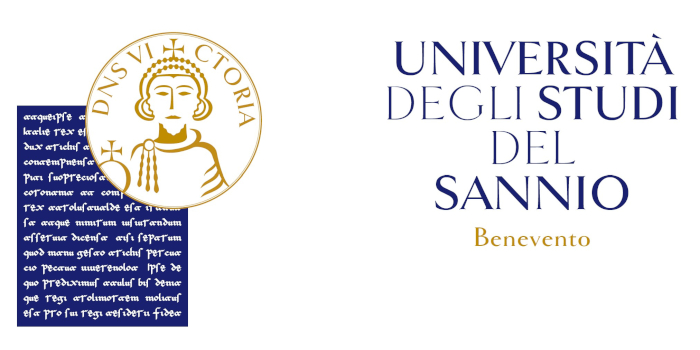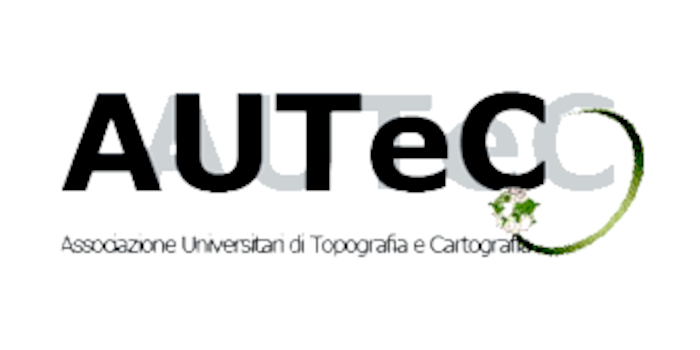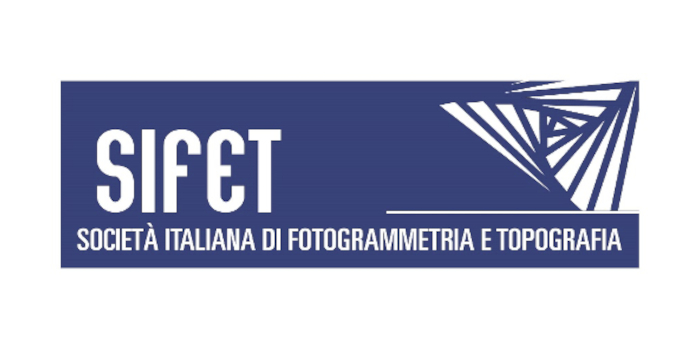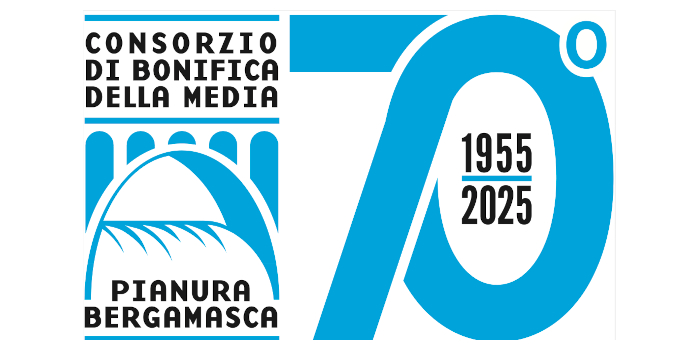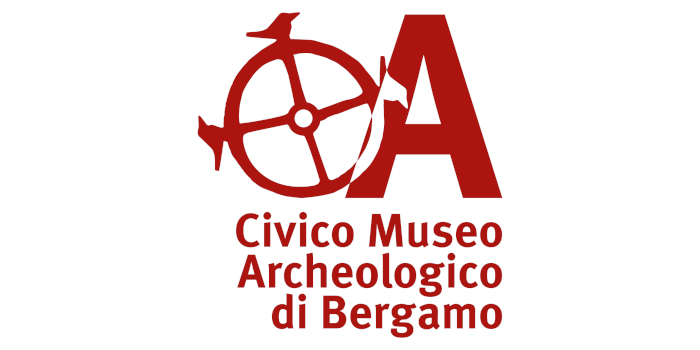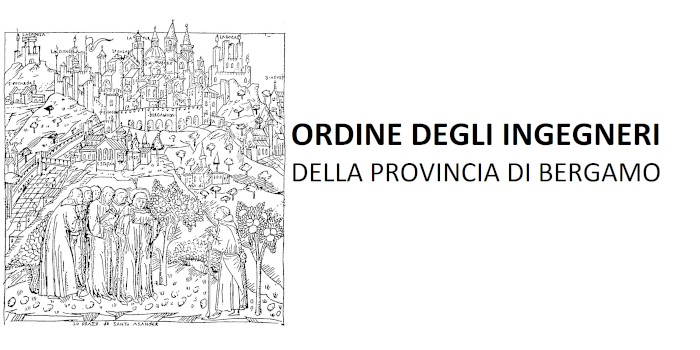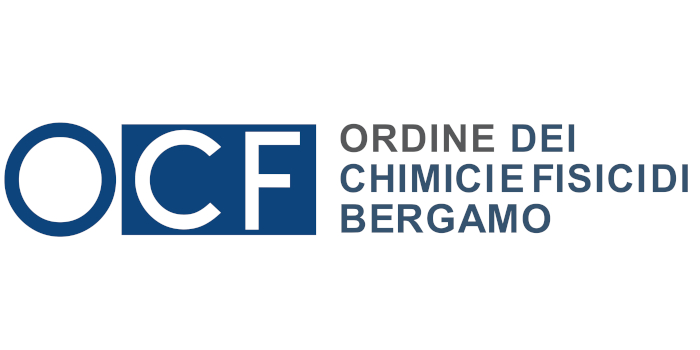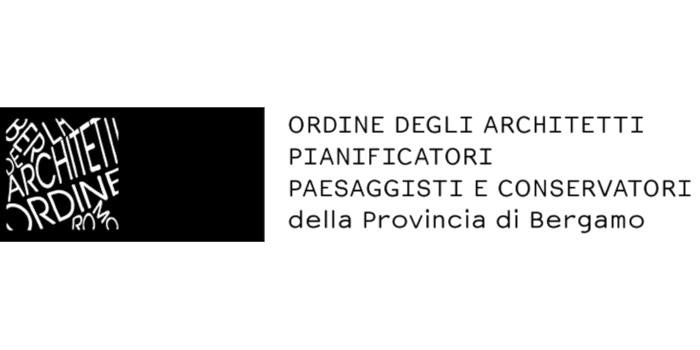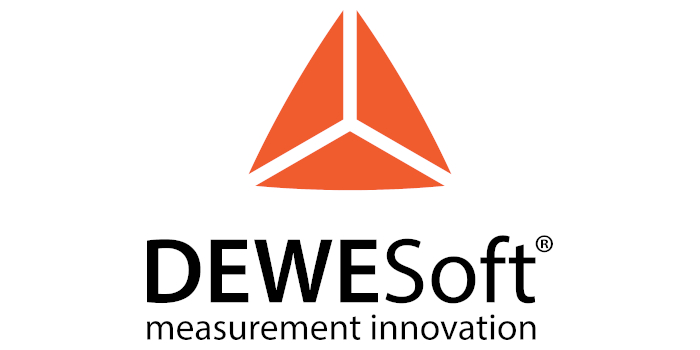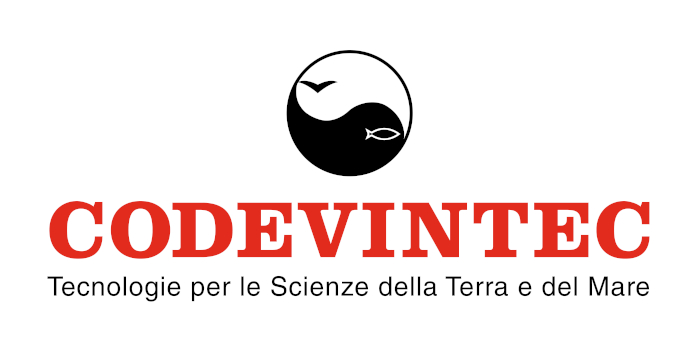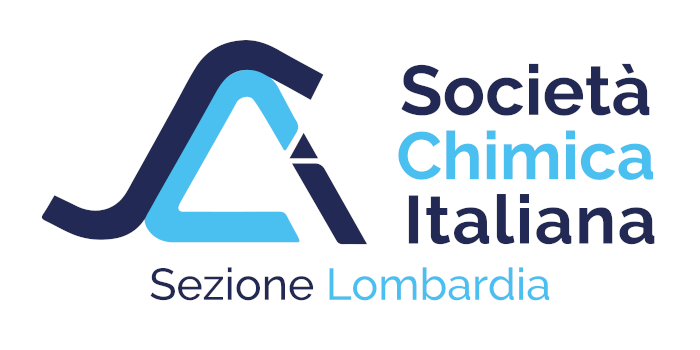SPECIAL SESSION #1
Monitoring techniques for cultural heritage damage assessment and control
ORGANIZED BY
Jessica Clementi
Earth Science Department - Sapienza University of Rome & CERI Research Center, Italy
Paolo Mazzanti
Earth Science Department - Sapienza University of Rome & CERI Research Center, Italy
Daniele Spizzichino
ISPRA – Institute for Environmental Protection and Research, Dept. for the Geological Survey of Italy
Alessandra Bonazza
CNR-ISAC Institute of Atmospheric Sciences and Climate of the National Research Council of Italy
ABSTRACT
Cultural heritage represents a fundamental communal asset, pivotal for fostering social cohesion and nurturing both individual and collective identities. The preservation of cultural heritage structures holds significant importance, given its wide-ranging economic implications and crucial safety considerations. While traditional on-site monitoring techniques have historically proven effective, their adoption is hindered by substantial equipment costs and logistical complexities, particularly within the constraints of limited budgets. The emergence of remote sensing technologies has revolutionized cultural heritage preservation, offering advanced tools for comprehensive evaluation, surveillance, and risk mitigation. Recent advancements in remote sensing, including satellite-based methods such as multi temporal InSAR techniques as well as aerial and drone-based surveys, complement ground-based data, enabling meticulous and systematic observations of cultural sites. These technologies facilitate the identification of potential hazards, including natural disasters, climate change impacts, and human activities. By providing a holistic understanding of cultural landscapes, these methodologies empower experts to prioritize threats and anticipate future trends.
Furthermore, given the rapid advancement of Artificial Intelligence algorithms and the widespread availability of affordable sensors and accessible data, is it feasible to devise a method for merging data from diverse sources - including meteorological, remote sensing, topographic, geodetic, and satellite data - with the chemical properties of ancient materials employed?
This session explores the dynamic relationship between non-invasive technologies and traditional methods in research-driven and development-led cultural heritage monitoring. We invite contributions related to the integration, comparison, and validation of non-invasive and invasive methods. Additionally, we welcome submissions on new AI models, including cutting-edge applications, recent advancements, key challenges, and prospects in remote sensing technologies and methodologies for monitoring cultural heritage buildings.
TOPICS
Topics of interest for this Special Session include but are not limited to:
- Innovative Techniques for Detecting Changes in Heritage Sites.
- Holistic Approaches to Monitor and Preserve Cultural Heritage.
- Evaluating the Effects of Vegetation, Urbanization, and Infrastructure Growth.
- Efficient Strategies for Managing and Conserving Heritage Sites.
- Managing and Preserving Cultural Heritage Tourism.
- Integration of Aerial and Ground-Based Multisensory Data.
- Utilization of Multi-Source and Multi-Scale Data in Various Applications.
- Remote Sensing's Role in Shaping New Standards, Policies, and Best Practices.
- Application of Optical, Radar, and Multi-Spectral Sensor Systems for Heritage Monitoring.
- Development of Cutting-Edge Image Processing Algorithms.
- Utilization of Machine Learning for Remote Sensing Data Analysis and Interpretation.
- Integrating Remote Sensing Data to Enhance Non-Destructive Testing Methods.
- Cultural Heritage Preservation: Material Quality, Air Quality, and Data Fusion.
- Climate Change and AI for the structural health monitoring of cultural heritage.
ABOUT THE ORGANIZERS
Jessica Clementi graduated in Classical Archaeology (2015) and Ph.D. with a thesis about archaic gold funerary masks from Macedonia and the role of the ancient world in the construction of modern identities (2019) at the Sapienza University of Rome, Italy. Currently, she is Assistant Professor at the Department of Earth Sciences, Sapienza University of Rome and adjunct Professor of Ancient Topography at the University of Ferrara. Her research topics spread from the History of archaeology, Greek and Roman Art History and ancient Topography, with a monograph dedicated to the Torlonia marbles and excavations in Rome's suburbs, to the application of remote sensing techniques for the geotechnical and structural monitoring, damage assessing, and risk management of archaeological heritage.
Paolo Mazzanti graduated in Geology and PhD in Earth Sciences, he is currently Professor of Engineering Geology and Remote Sensing and Geological Risks lecturer at the Department of Earth Sciences of “Sapienza” University of Rome and member of CERI (Centro di Ricerca per la Previsione, Prevenzione e Controllo dei Rischi Geologici). Co-Founder of NHAZCA S.r.l., startup of “Sapienza” University of Rome. He is organizer of several professional training courses in Italy and abroad, including the annual “International Course on Geotechnical and Structural Monitoring” . He is member of the TRB (Transportation Research Board) Engineering Geol ogy Committee, of the Technical Committee 220 “Field Monitoring in Geomechanics” of the International Society of Soil Mechanics and Geotechnical Engineering, of the Technical Committee 4.3 Earthworks of PIARC (World Road Association) and auditor of AIGA (Italian Association of Applied and Environmental Geology). In the last 15 years he has been technical manager of several consulting projects concerning tunnels, oil & gas, dams, quarries, transport infrastructures, landslides and archaeological assets for national and international agencies and companies in more than 15 countries.
He is author of more than 120 scientific papers in journals and proceedings of international conferences on the following topics:
a) applied geology (landslides, subsidence, snow avalanches);
b) remote sensing;
c) geotechnical and structural monitoring;
d) terrestrial and satellite radar monitoring systems;
e) monitoring of structures and infrastructures;
f) geotechnical assets management.
Daniele Spizzichino graduated in Environmental Engineering from the University of Rome (1999). He got the PhD on Earth System Sciences: Environment, Resources and Cultural Heritage at Modena and Reggio Emilia (2012). Daniele has developed a very strong expertise in ICT (e.g. hydrological risk analysis, digital maps on natural risk elaboration, Earth Observation, GIS, geo-hazard and risk assessment, geotechnical modelling) applied to cultural heritage protection domains. He has worked and coordinate, as a researcher and professional consultant, several research team work. Since 2000 his geotechnical engineer ing skills has been especially addressed to: executive design of Cultural Heritage low impact mitigation measures; monitoring system implementation (e.g. remote sensing, satellite and traditional topographical network), natural hazard risk assessment and protection plan for Natural and Cultural Heritage. In particular, he has been extensively supporting national and international organizations (e.g. UNESCO, WMF, ICOMOS) in several research projects of the World Heritage sites such as: (Machu Picchu) Peru, (Aksum, Lalibela) Ethiopia, (Tiwanaku) Bolivia, (Ester Island) Chile, Georgia (Vardzia and David Gareji), Armenia, Jordan (Petra), (Bamiyan Valley) Afghanistan, (Lumbini and Katmandu) Nepal, Madagascar (Antananarivo), (Pompei, Tarquinia and Roma) and many others. Author and co-author of more than 150 publications and books. He has published several articles in scientific journal, papers and conference proceedings. He is a member of many associations (ICOMOS, AGI (TC301), ICL, IAEG) . He is currently employed – as senior researcher - at ISPRA, Dept. for the Geological Survey of Italy, elected member of the scientific board of the institute and adjunct professor to the UNESCO Chair on prevention and sustainable management on Geo-Hydrological Hazards.
Alessandra Bonazza senior researcher at the Institute of Atmospheric Sciences and Climate of the National Research Council of Italy (CNR-ISAC), where she coordinates the research unit “Impacts on Environment, Cultural Heritage and Human Health”. PhD in Earth Sciences, adjunct Professor at the University of Bologna and Honorary Professor at the University for Continuing Education Krems, Austria.
Invited as visiting Professor in different international academia and research institutes, such as School of Energy and Environment of City University of Hong Kong, Geosciences et Environment Cergy of the University of Cergy-Pontoise, Universidad Autonoma de Campeche (Mexico), University of Science and Technology Beijing. Expert in climate change and pollution impact on cultural heritage, risk assessment and vulnerability analysis; she coordinated the Interreg Central Europe Projects ProteCHt2save and STRENCH. Currently coordinator of the Interreg Central Europe Project INACO "INnovative strategies for the Adoption of risk management plans to enhance the resilience of sensitive Cultural and natural heritage Objectives against climate hazards in river basin districts" and principal investigator in the HORIZON EU Project ChemiNova "Novel technologies for on-site and remote collaborative enriched monitoring to detect structural and chemical damages in cultural heritage assets".


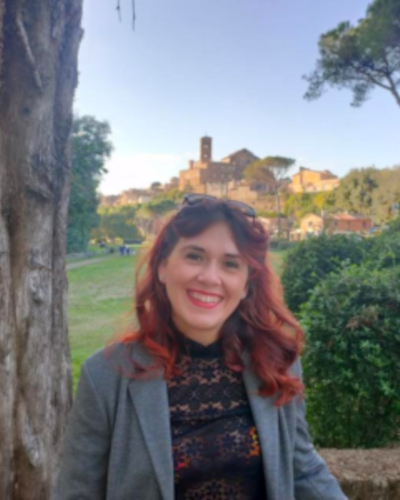
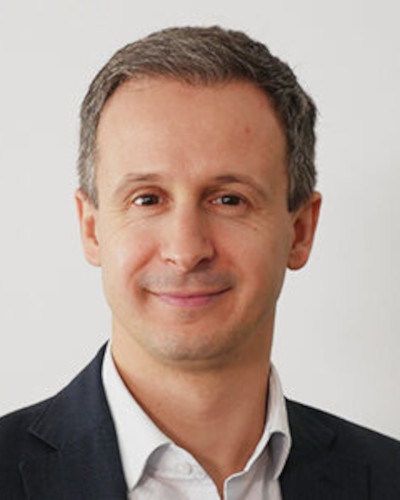
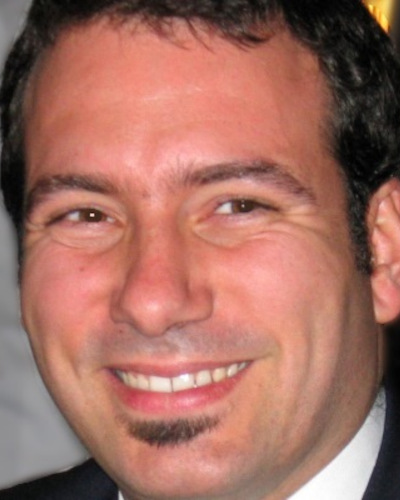
.JPG)
